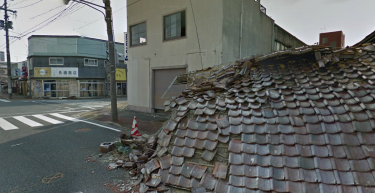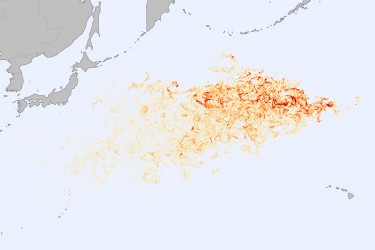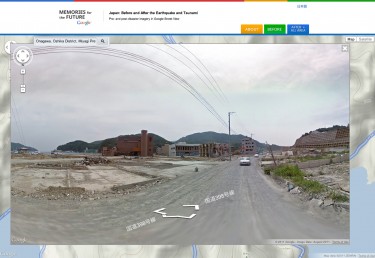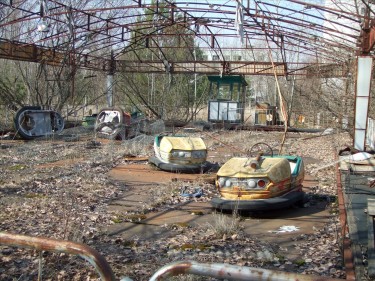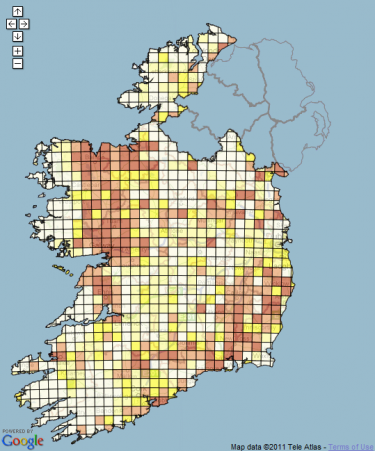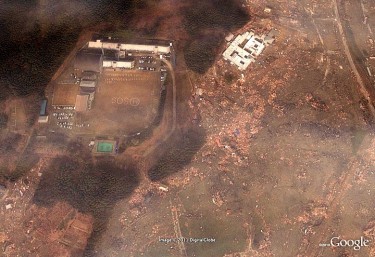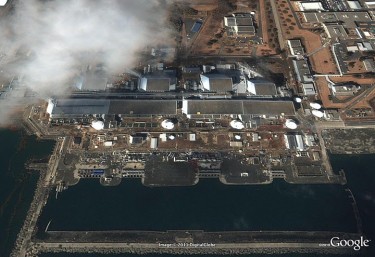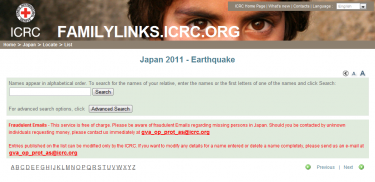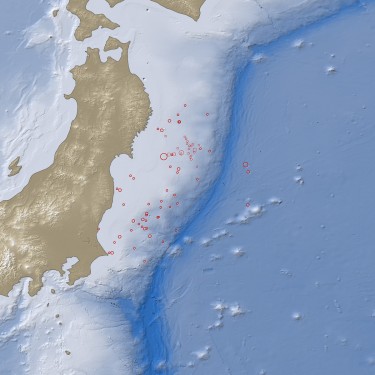tsunami
Sociable's Podcast

Brains Byte Back interviews startups, entrepreneurs, and industry leaders that tap into how our brains work. We explore how knowledge & technology intersect to build a better, more sustainable future for humanity. If you’re interested in ideas that push the needle, and future-proofing yourself for the new information age, join us every Friday. Brains Byte Back guests include founders, CEOs, and other influential individuals making a big difference in society, with past guest speakers such as New York Times journalists, MIT Professors, and C-suite executives of Fortune 500 companies.
It’s predicted that AI could replace half of all entry-level white-collar jobs in the next five years, especially in the U.S., where fewer regulations and bigger investments are speeding things up. Routine tasks like document review and data entry could is already be being picked up by AI, so what does that mean for the future of entry-level work? Redefine it or eliminate it?
Leslie Thomas, Chief Psychometric Officer at Kryterion, breaks down what this means for your career and how certification is evolving to keep up, including avoiding cheating. She explains how her team works with companies to define what people actually need to know in an AI-powered workplace. She offers a valuable method in terms of defining where your job will fall in line in the world of AI.
You'll learn how Kryterion is using AI to build smarter assessments, why soft skills like creativity and adaptability matter more than ever, and how to figure out which parts of your job are at risk.
If you're asking what to learn next or how to stay relevant, this episode gives you a great place to start.Find out more about Leslie Thomas here.
Access her ebook here.
Learn more about Kryterion here.
Reach out to today's host, Erick Espinosa – [email protected]
Get the latest on tech news – https://sociable.co/
Leave an iTunes review – https://rb.gy/ampk26
Follow us on your favourite podcast platform – https://link.chtbl.com/rN3x4ecY




